Re-balance Cycle Reminder All MyPlanIQ’s newsletters are archived here.
For regular SAA and TAA portfolios, the next re-balance will be on Monday, December 29, 2014. You can also find the re-balance calendar for 2014 on ‘Dashboard‘ page once you log in.
As a reminder to expert users: advanced portfolios are still re-balanced based on their original re-balance schedules and they are not the same as those used in Strategic and Tactical Asset Allocation (SAA and TAA) portfolios of a plan.
Please note that we now list the next re-balance date on every portfolio page.
Long Term Asset Returns
For anyone who is interested in asset allocation for a portfolio, especially for Strategic Asset Allocation (SAA), it is important to understand what long term means. First, we present the following chart from AQR’s recent article Efficient Frontier “Theory” for the Long Run by Cliff Asness:
The above average returns are excess returns over cash. At the first glance, one would probably infer that the data are all reasonable. In fact, this is exactly what’s expected: reasonable returns over a long period of time, except that the period of time is 45 years. The author then broke down the returns into 9 5 year periods and over there, one would be surprised to find that stocks (S&P 500) could have consecutive two 5 year periods of negative returns! Interested readers should look at the article in more details.
However, we would argue that what the above used is still not adequate as it just simply partitions the period into non-overlapped 9 subperiods. It would be interesting to see a rolling 5 or even 10 year returns. After all, investors come and go at any period of time, not at the beginning or in the middle of a decade. We prepare the following charts (lots of them) for stocks, bonds, REITs and gold.
5-Year rolling returns
For stocks in the following chart, there are 7 year negative rolling 5 year returns out of 40 years. Imagine you invested in one of those in these 7 years, especially from 2003 to 2005 or 2008, 2009, 2011. That is a long 5 year period.
For 10 year Treasury bonds, it becomes brighter: there is not a single losing 5 year period. But remember, we are in one of the longest running bull markets at the moment:
For REITs (Equity REITs, data are from NAREIT Equity REIT return index), they were better than stocks. But look at the steep loss in 1975 (or the rolling 5 year period):
Finally, for gold, it is surely a roller coaster:
The following chart shows all the 4 assets:
In a word, if you have a 5 year investment horizon, you’d better lower your expectation when in markets.
10-Year rolling returns
How about 10 years? Is this long enough?
For stocks, unfortunately, it is still not long enough: if you were in the market in 2008 and 2009 for 10 years, you would incur average loss. For example, in from 1999 to 2008, you would have cumulative 15% loss but considering a 3 percent annual inflation, you probably would have lost 50% of your purchasing power in that 10 year period.
For bonds, again, it is better. Investing in 10 year Treasury bonds would have given you an inflation beating returns. But again, bear in mind that one can’t simply rely on this, especially now we are in a historically low interest rate environment.
For REITs, there is not a negative 10 year period.
For gold, it is still a problematic, in fact, the 80’s and 90’s have not been kind to gold investors at all. So bear in mind the long period of depressing prices!
Putting everything together:
The above are for nominal returns. If inflation figures are taken into consideration, things will be much worse.
The takeaway
Assets indeed appreciate in a long period of time. However, there is no absolute guarantee here. Furthermore, even for equities that have a strong intuition backing to have an inflation beating positive long term return, it matters the meaning of ‘long’ term. In fact, it does seem that 10 year is not long enough. It also matters when you start to invest: if you invest in a peak of stocks, it would take much longer to have a positive average return (or in other words, prepare for loss in 5 or even 10 years).
However, major assets like the above 4 do exhibit a mega year trend which can be taken advantage of. This is the essence of our Tactical Asset Allocation(TAA). As long as we manage our allocation and risk carefully, this strategy can help or complement with the strategic allocation strategy.
Market Overview
What a difference a week made! Stocks again recovered vertically. No wonder such a market has presented a headache to many tactical strategies. However, we are still cautious as high yield bonds and other international stocks, while recovering, are still in a negative trend. Again, we have no ability to forecast, all we can do is to follow and respond to markets accordingly.
For more detailed asset trend scores, please refer to 360° Market Overview.
We would like to remind our readers that markets are more precarious now than other times in the last 5 years. It is a good time and imperative to adjust to a risk level you are comfortable with right now. However, recognizing our deficiency to predict the markets, we will stay on course.
We again copy our position statements (from previous newsletters):
Our position has not changed: We still maintain our cautious attitude to the recent stock market strength. Again, we have not seen any meaningful or substantial structural change in the U.S., European and emerging market economies. However, we will let markets sort this out and will try to take advantage over its irrational behavior if it is possible.
We again would like to stress for any new investor and new money, the best way to step into this kind of markets is through dollar cost average (DCA), i.e. invest and/or follow a model portfolio in several phases (such as 2 or 3 months) instead of the whole sum at one shot.
Note: we will not publish a newsletter in the week of December 29th, 2014 due to the holiday break.
We Wish You Happy Holidays!
Latest Articles
- December 15, 2014: Beaten Down Assets
- December 8, 2014: Implementing Core Asset Portfolios In a Brokerage
- December 1, 2014: Two Key Issues of Investment Strategies
- November 24, 2014: Holiday Readings
- November 17, 2014: Retirement Spending Portfolios Update
- November 10, 2014: Fixed Income Or Cash
- November 3, 2014: Asset Trend Review
- October 27, 2014: Investment Loss, Mistakes And Market Cycles
- October 20, 2014: Strategic Portfolios With Managed Volatility
- October 13, 2014: Embrace Volatility
- October 6, 2014: Tips For 401k Open Enrollment
- September 29, 2014: What Can We Learn From Bill Gross’ Departure From PIMCO?
- September 22, 2014: Why Total Return Bond Funds?
- September 15, 2014: Equity And Total Return Bond Fund Composite Portfolios
- September 8, 2014: Momentum Based Portfolios Review
- September 1, 2014: Risk & Diversification: Mint.com Interview
- August 25, 2014: Remember Risk
- August 18, 2014: Consistency, The Most Important Edge In Investing: Tactical Case
- August 11, 2014: What To Do In Overvalued Stock Markets
- August 4, 2014: Is This The Peak Or Correction?
- July 28, 2014: Stock Musings
- July 21, 2014: Permanent Portfolios & Four Pillar Foundation Based Framework
- July 14, 2014: Composite Portfolios Review
- July 7, 2014: Portfolio Behavior During Market Corrections
- June 30, 2014: Half Year Brokerage ETF and Mutual Fund Portfolios Review
- June 23, 2014: Newsletter Collection Update
- June 16, 2014: There Are Always Lottery Winners
- June 9, 2014: The Arithmetic of Investment Mistakes
- June 2, 2014: Tips On Portfolio Rebalance
- May 26, 2014: In Praise Of Low Cost Core Asset Class Based Portfolios
- May 19, 2014: Consistency, The Most Important Edge In Investing: Strategic Case
- May 12, 2014: How To Handle An Elevated Overvalued Market
- May 5, 2014: Asset Allocation Funds Review
- April 28, 2014: Now The Economy Backs To The ‘Old Normal’, Should Our Investments Too?
- April 21, 2014: Total Return Bond Investing In The Current Market Environment
Enjoy Newsletter
How can we improve this newsletter? Please take our survey
–Thanks to those who have already contributed — we appreciate it.

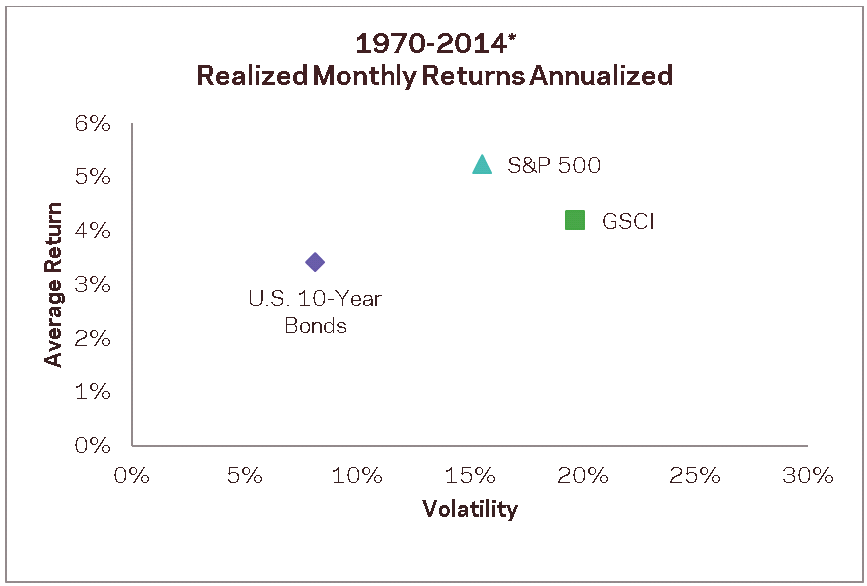
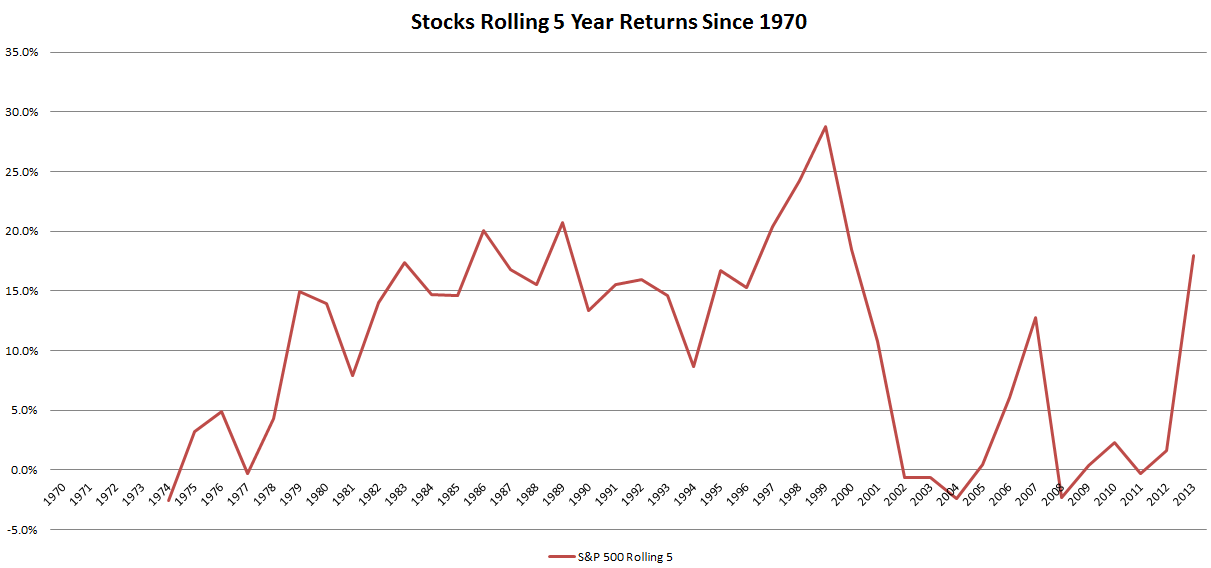
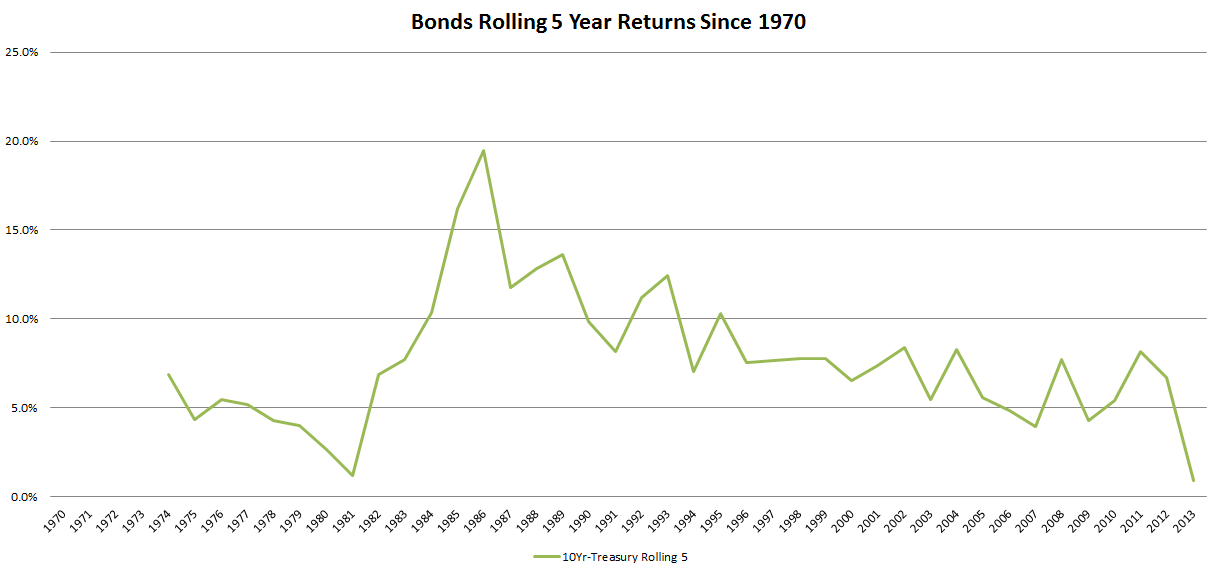
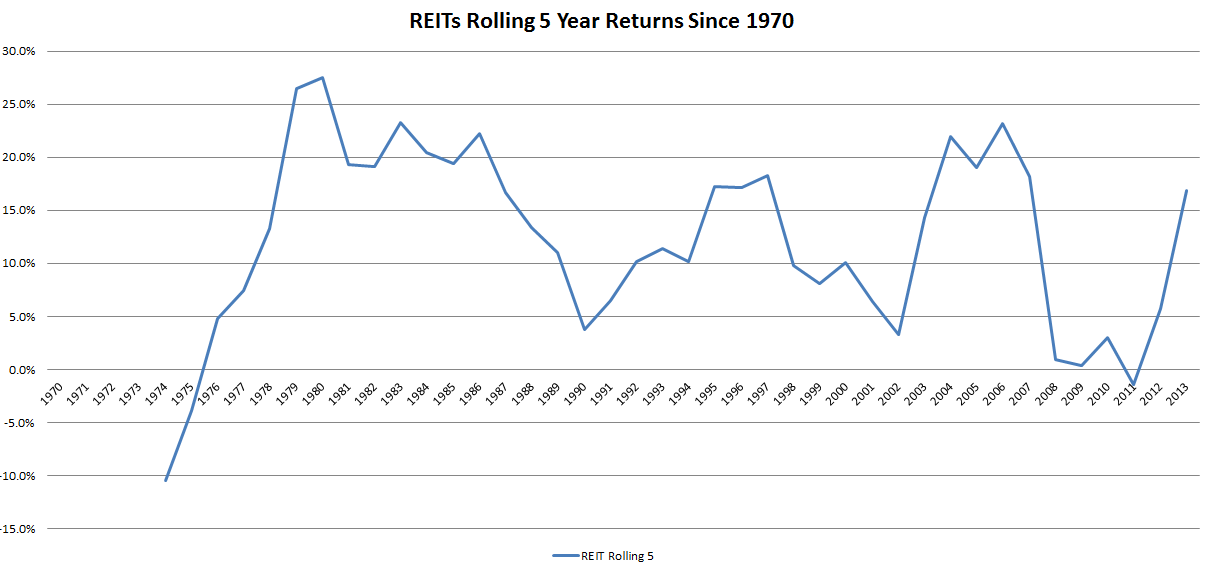
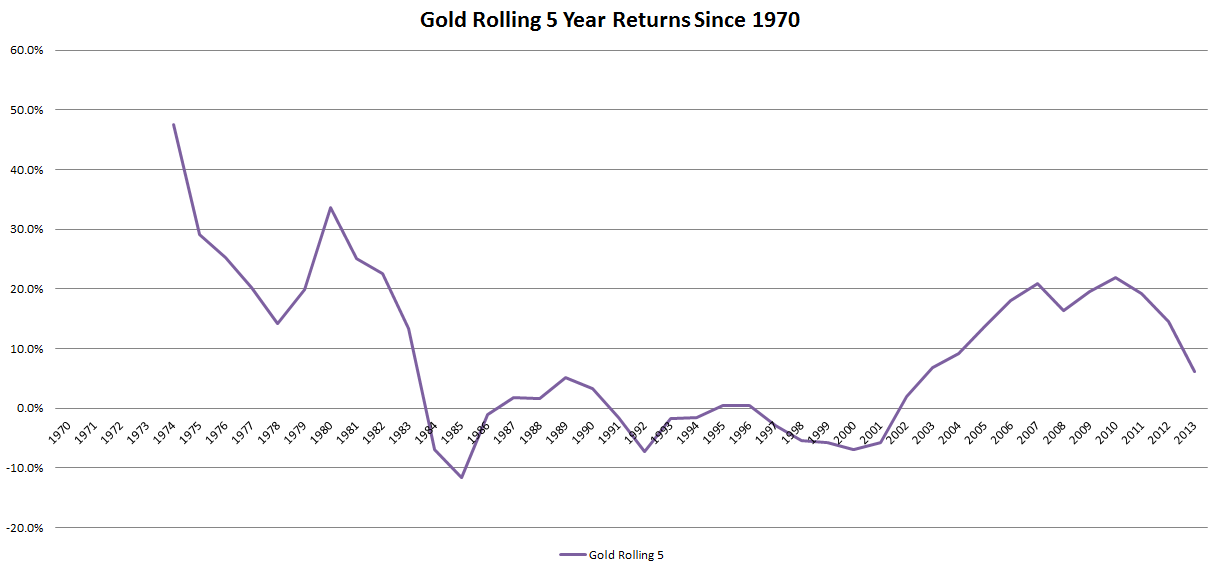
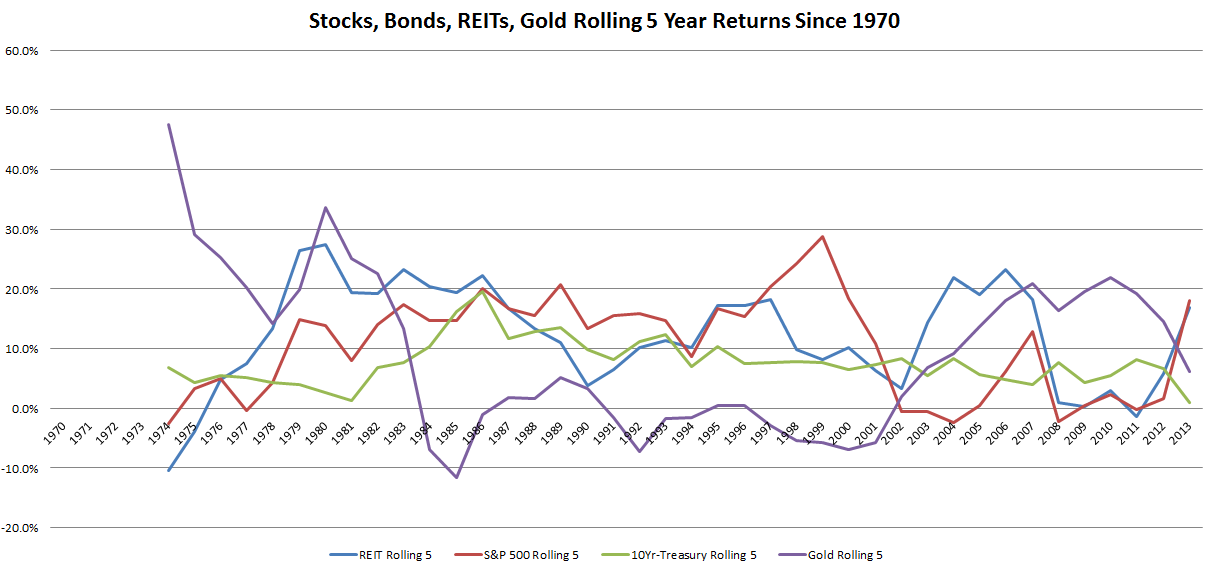
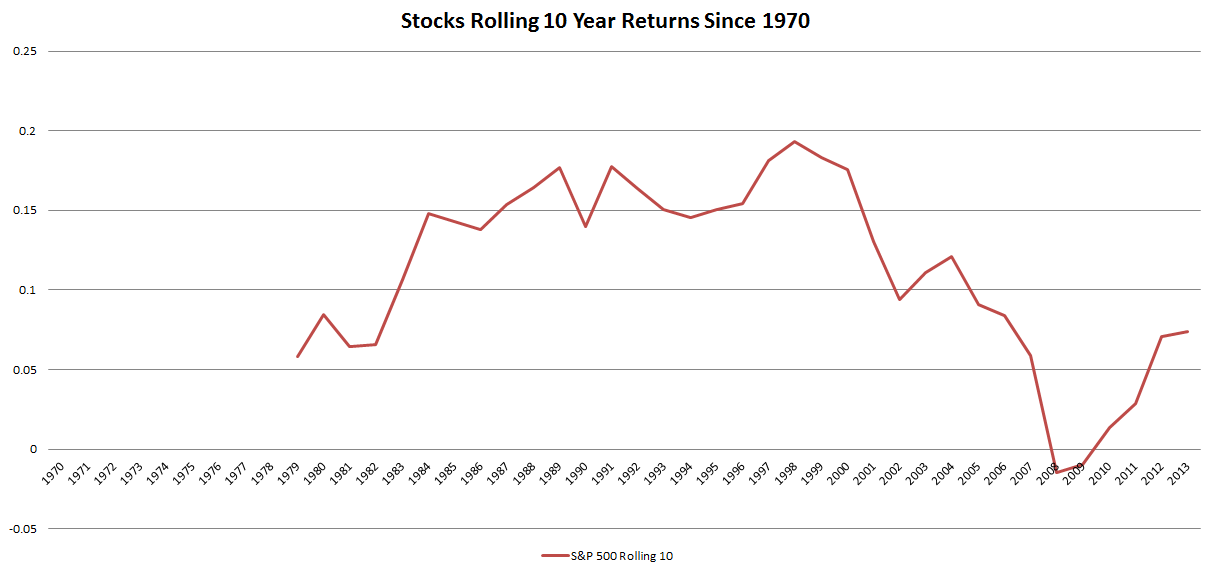
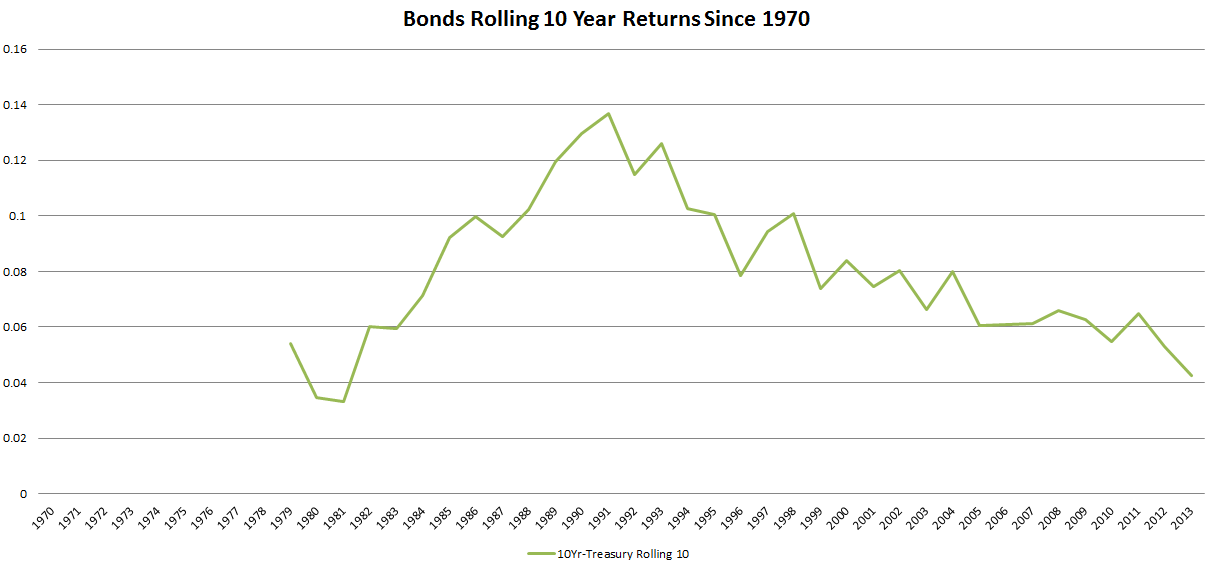
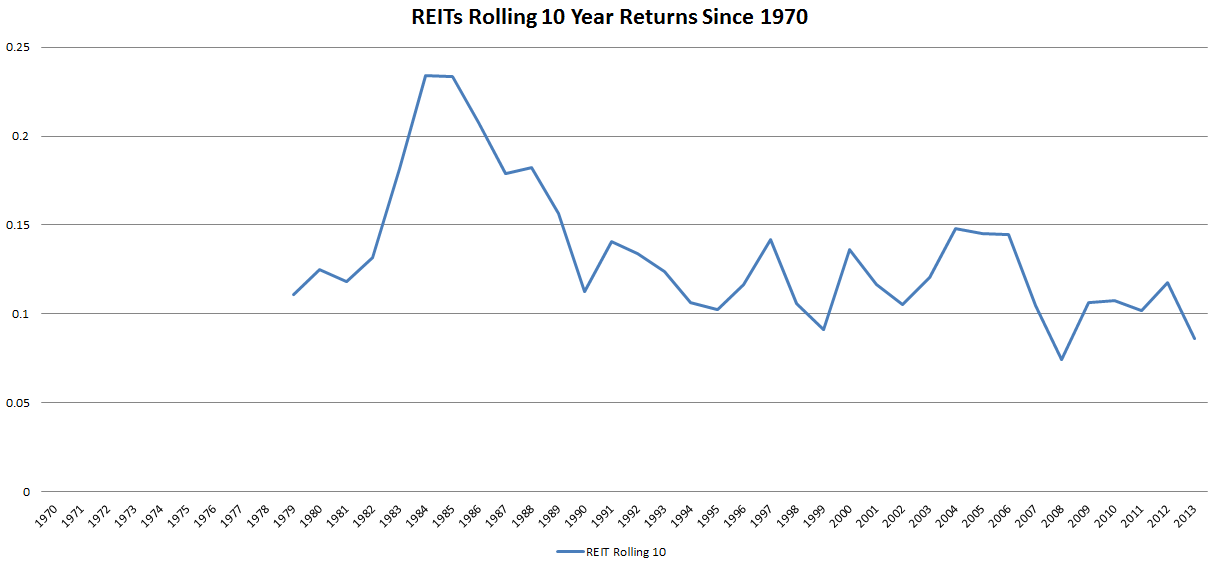

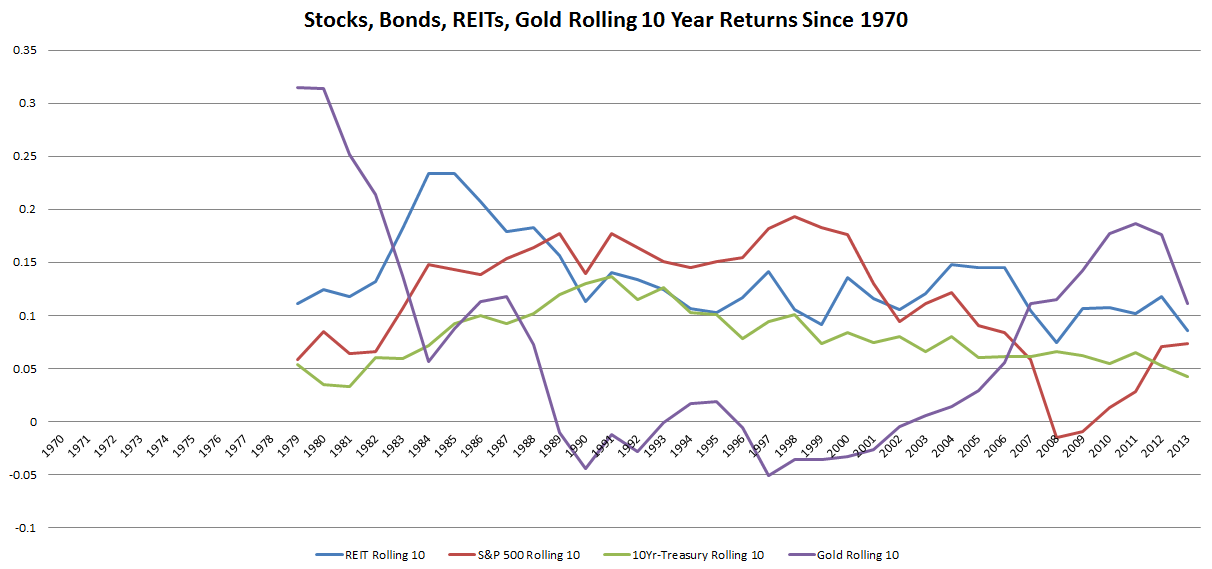

 Diversified Asset Allocation Portfolios For Your Plans
Diversified Asset Allocation Portfolios For Your Plans
